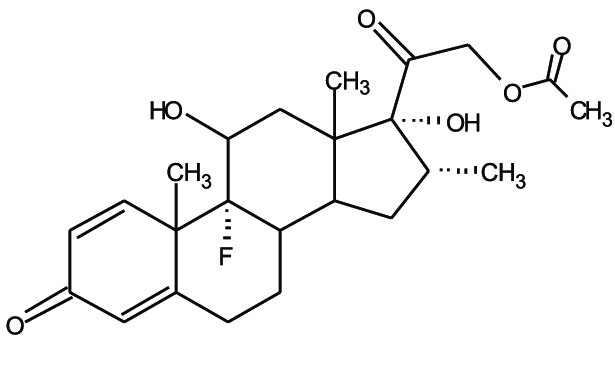Advertisements
Table of Contents
What is Dexamethasone?

-
-
- In 1957, an American physician Philip Showalter Hench first made this drug.
- Dexamethasone is corticosteroid medication (Corticosteroids are a class of steroid hormones that are produced in the adrenal cortex of vertebrates).
- Dexamethasone used for the treatment of rheumatic problems, a number of skin diseases, severe allergies, asthma, chronic obstructive lung disease, croup, brain swelling, eye pain following eye surgery, and along with antibiotics in tuberculosis.
- It can be used through mouth or injection into a muscle, or intravenously.
- It takes about 1-3 days to show results.
- It is inexpensive In the United States, less than US$25, and in India about 38.05 rupees.
-
Medical Use of Dexamethasone
-
-
- Dexamethasone can be used as an Anti-inflammatory for treatments of inflammatory and autoimmune disease, for example, rheumatoid arthritis and bronchospasm.
- Dexamethasoneoften given to cancer patients who undergoes chemotherapy, to counteract certain side effects of their antitumor treatments.
- It is used as Endocrine, for the treatment of very rare disease glucocorticoid resistance.
- Dexamethasone given to pregnant women from the day to one week before delivery, to promote maturation of the fetus’ lungs.
- Dexamethasoneoften also used for the treatment of high-altitude cerebral edema (HACE), and high-altitude pulmonary edema (HAPE).
- Dexamethasoneoften Intravenously given to those patients who had surgery and whose post-operative pain was treated with long-acting spinal or epidural spinal opioids to prebent the nausea and vomiting.
- A single drop of Dexamethasone can help in speed improvement of sore throat.
-
Mechanism of Dexamethasone
-
-
- Dexamethasone thought to act by the induction of phospholipase A2 inhibitory proteins, which is known as lipocortins.
- This is achieved first by the Dexamethasone binding to the glucocorticoid receptors.
- Then translocates into the nucleus and binds to DNA causing various activations and repressions of genes.
- It is postulated that these proteins control the biosynthesis of potent mediators of inflammation such as prostaglandins and leukotrienes by inhibiting the release of their common precursor arachidonic acid.
- Arachidonic acid is released from membrane phospholipids by phospholipase A2.
-
Side effect of Dexamethasone
-
-
- It can cause infection in mouth, if someone takes it by oral route.
- Dexamethasone also can cause bone loss.
- It can cause vision loss in eyes which is known as cataracts.
- Dexamethasone can weaken the blood vessels and muscle, which can results easy bruising.
- Other common side effects of Dexamethasone are; Increased appetite, Weight gain, Impaired skin healing, Depression, Hypertension, Increased risk of infection, Raised intraocular pressure, Vomiting, Dyspepsia, Confusion, Amnesia, Irritability, Nausea, Malaise, Headache, etc.
-
Also Read: Bacterial toxin: Definition, Types, Example.
